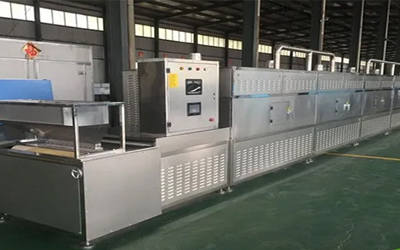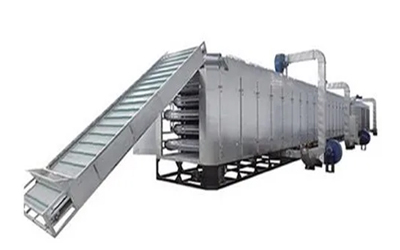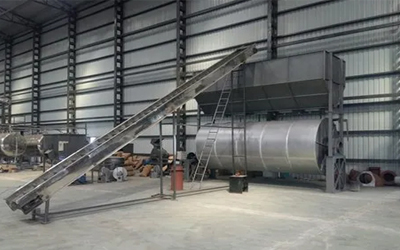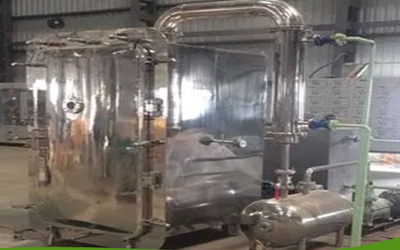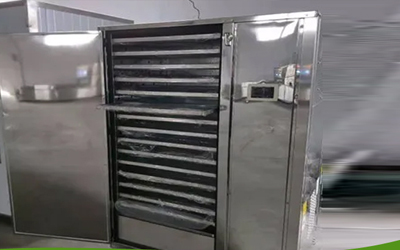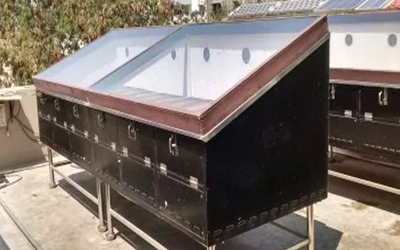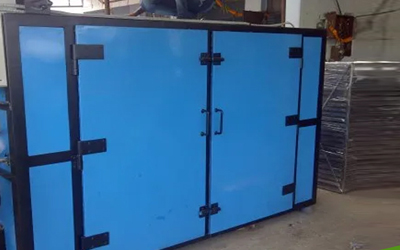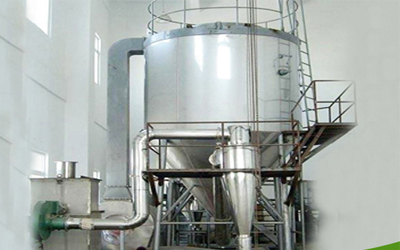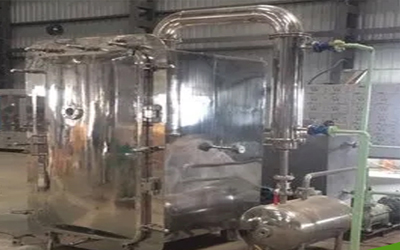Drying Technologies Product category
Drying Technologies
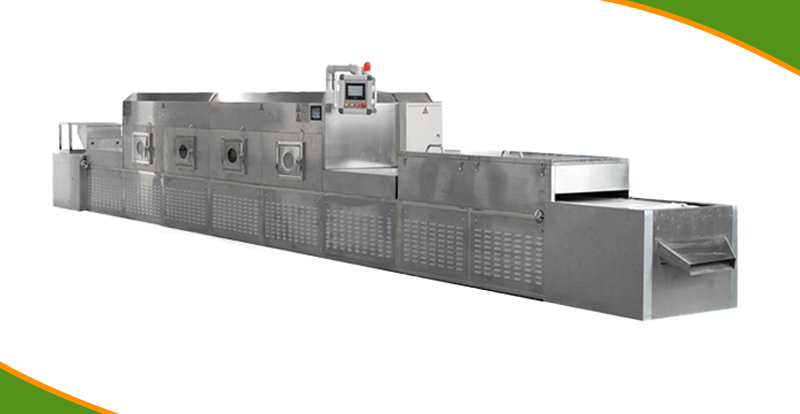
Drying is one of the most
frequently used methods for food preservation due to prevention of
microorganisms’ growth and reduction of moisture-mediated
deteriorative reactions at low water activity. In addition, food
drying provides numerous benefits, such as formation of desirable
texture and physical properties, extending shelf life, and
minimizing packaging, storage, and transportation costs.
From the traditional to the most innovative, there are several
drying solutions for the industrial process. Depending on the needs,
the processing time, the product final quality or the efficiency of
the process can vary considerably.
Drying is an essential material processing procedure. It can be
technically defined as the vaporization of absorbed moisture from
wet materials. It is a simultaneous heat and mass transfer process
that may be accomplished by several mechanisms. Heat is transferred
to the material, which causes the absorbed water to vaporize. The
evaporated water is then transferred to and carried by the
surrounding air or inert gas. The humidity or moisture content of
the surrounding air increases after the process. The total weight of
the material decreases after the process, and the moisture-free
weight is constant throughout. Drying is carried out due to one (or
more) of the following reasons:
To prevent the growth of bacteria, molds, and other microbes on food and pharmaceutical products
To keep materials from rusting and corrosion
To improve or maintain the desirable properties of a material
To make materials suitable for further processing, storage, handling, and transportation
To enhance functionality, usability, and value of the product
Drying is one of the most frequently used methods for food preservation due to prevention of microorganisms’ growth and reduction of moisture-mediated deteriorative reactions at low water activity. In addition, food drying provides numerous benefits, such as formation of desirable texture and physical properties, extending shelf life, and minimizing packaging, storage, and transportation costs. From the traditional to the most innovative, there are several drying solutions for the industrial process. Depending on the needs, the processing time, the product final quality or the efficiency of the process can vary considerably. Drying is an essential material processing procedure. It can be technically defined as the vaporization of absorbed moisture from wet materials. It is a simultaneous heat and mass transfer process that may be accomplished by several mechanisms. Heat is transferred to the material, which causes the absorbed water to vaporize. The evaporated water is then transferred to and carried by the surrounding air or inert gas. The humidity or moisture content of the surrounding air increases after the process. The total weight of the material decreases after the process, and the moisture-free weight is constant throughout. Drying is carried out due to one (or more) of the following reasons:
We provide various drying technologies as follows;
Microwave Dryer
Continuous Type Dryer
Spray Dryer
Rotary Dryer
Vacuum Tray Dryer
Vacuum Fryer
Heat Pump Dryer
Solar Dryer
Electrical Hot Air Dryer
We have successfully installed many prestigious projects of various capacities across the globe.
Free shipping & Return
For all orders over
$500
Customer Protection
From click to
delivery.
Safe Payment
Use world’s most secure
payment methods.
Support 24/7
We answer for question all
time
